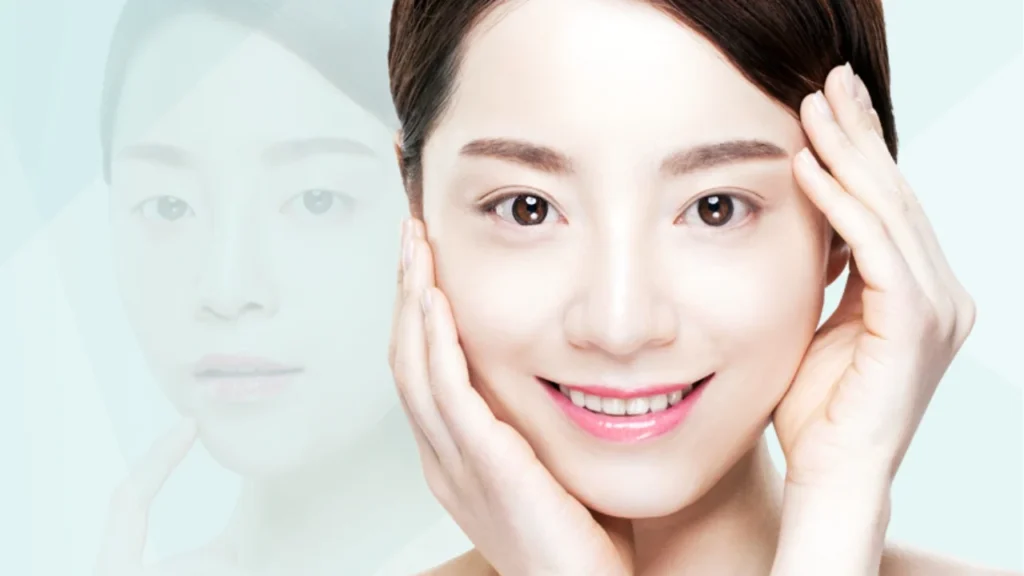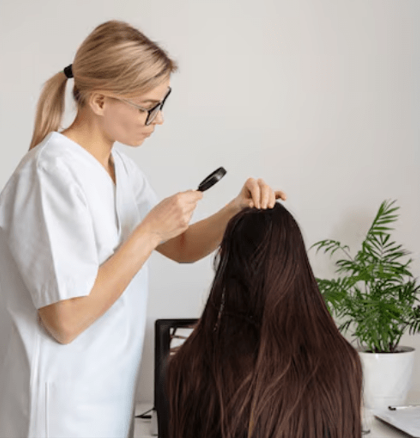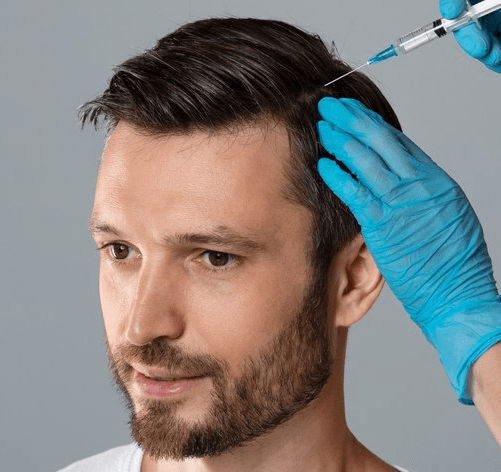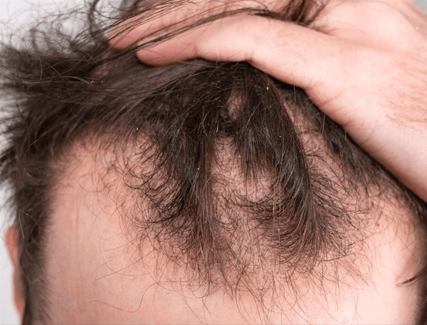Ptosis, or drooping of the upper eyelid, is more than just a cosmetic issue—it can interfere with vision and contribute to eye strain, fatigue, and even chronic headaches. While many patients pursue ptosis correction for aesthetic improvement, others do so for functional relief. But how exactly does correcting droopy eyelids affect headaches and eye discomfort?
In this article, we’ll explore the link between ptosis, eye strain, and headaches, and explain how ptosis surgery may provide lasting relief.
👁️ Understanding the Functional Impact of Ptosis
When the upper eyelid droops, it can block part of the upper field of vision. In mild cases, this might be subtle—but in more significant cases, the brain and body compensate to keep vision clear.
This compensation may involve:
- Raising the eyebrows constantly using the forehead muscles
- Tilting the head backward to see under the lid
- Forcing the eyes to focus more intensely to compensate for limited visual input
Over time, these efforts can lead to:
- Frontal headaches (from overused forehead/frontalis muscles)
- Neck and upper back strain (from poor posture or head tilting)
- Eye fatigue and discomfort (especially after reading or using screens)
🤕 The Connection Between Ptosis and Headaches
1. Frontalis Muscle Overuse
- The frontalis muscle in the forehead lifts the eyebrows.
- In patients with ptosis, this muscle is activated more frequently to compensate for drooping eyelids.
- The result: Tension-type headaches, especially at the end of the day.
2. Visual Fatigue
- Constantly trying to focus through a limited visual field strains the eye muscles, particularly during tasks that require visual concentration, like reading or working on a computer.
3. Postural Compensations
- Tilting the head backward to see beneath drooping lids can lead to neck strain and cervicogenic headaches.
🏥 Can Ptosis Surgery Help Relieve These Symptoms?
Yes, for many patients, ptosis correction surgery provides noticeable relief from related headaches and eye strain—especially when the drooping eyelid significantly impairs vision.
✅ How Ptosis Surgery Helps:
- Restores a full visual field, eliminating the need to tilt the head or strain the eyes
- Reduces the workload on the forehead and eyebrow muscles, which are often overused to keep the eyelid lifted
- Improves symmetry and function, helping the eyes and surrounding muscles work more efficiently
Many patients report:
- Fewer headaches
- Improved concentration
- Less eye fatigue
- Enhanced quality of life
Important: Not all headaches or eye strain are caused by ptosis. A thorough ophthalmologic and neurologic evaluation is important to rule out other causes.
🧪 Clinical Evidence Supporting Ptosis Surgery for Headache Relief
Several studies and patient surveys have indicated that ptosis repair—particularly in patients with significant visual field obstruction—can improve symptoms like:
- Brow ache
- Chronic forehead tension
- Visual discomfort
In fact, insurance companies often approve ptosis correction not for cosmetic reasons, but because it improves function and relieves associated physical discomfort.
🔍 How Do You Know If Ptosis Is Causing Your Headaches?
Consider these signs:
- You regularly raise your eyebrows to see better
- You experience headaches above your eyes or in your forehead
- Your eyelids feel heavy, especially by evening
- You often tilt your head back to see clearly
- You have trouble keeping your eyes open when tired
If these symptoms sound familiar, it’s worth scheduling an evaluation with an oculoplastic surgeon or ophthalmologist.
They may perform tests like:
- Visual field testing to determine how much your vision is blocked
- Photographic assessments to evaluate eyelid position and function
- Brow ptosis evaluations to distinguish between eyelid droop and brow descent
📈 What to Expect After Ptosis Surgery (Functional Outcomes)
After surgery, many patients report:
- Immediate lightness in the forehead
- Easier time keeping the eyes open
- Gradual reduction in head and neck tension
- Improved performance during reading, driving, and screen use
Relief from headaches and eye strain typically begins within 1–2 weeks post-surgery, once swelling reduces and eyelid position stabilizes.
✅ Final Thoughts
If you’re dealing with chronic forehead tension, eye fatigue, or headaches, and you’ve noticed a drooping upper eyelid, ptosis correction surgery may offer significant functional relief—not just cosmetic enhancement. By restoring a natural eyelid position and improving visual access, the procedure can reduce the physical strain that contributes to these symptoms.
Speak with a board-certified oculoplastic surgeon to explore whether ptosis correction is right for you. A detailed exam can help determine whether your symptoms are related to eyelid drooping and whether you’re a good candidate for surgery.




